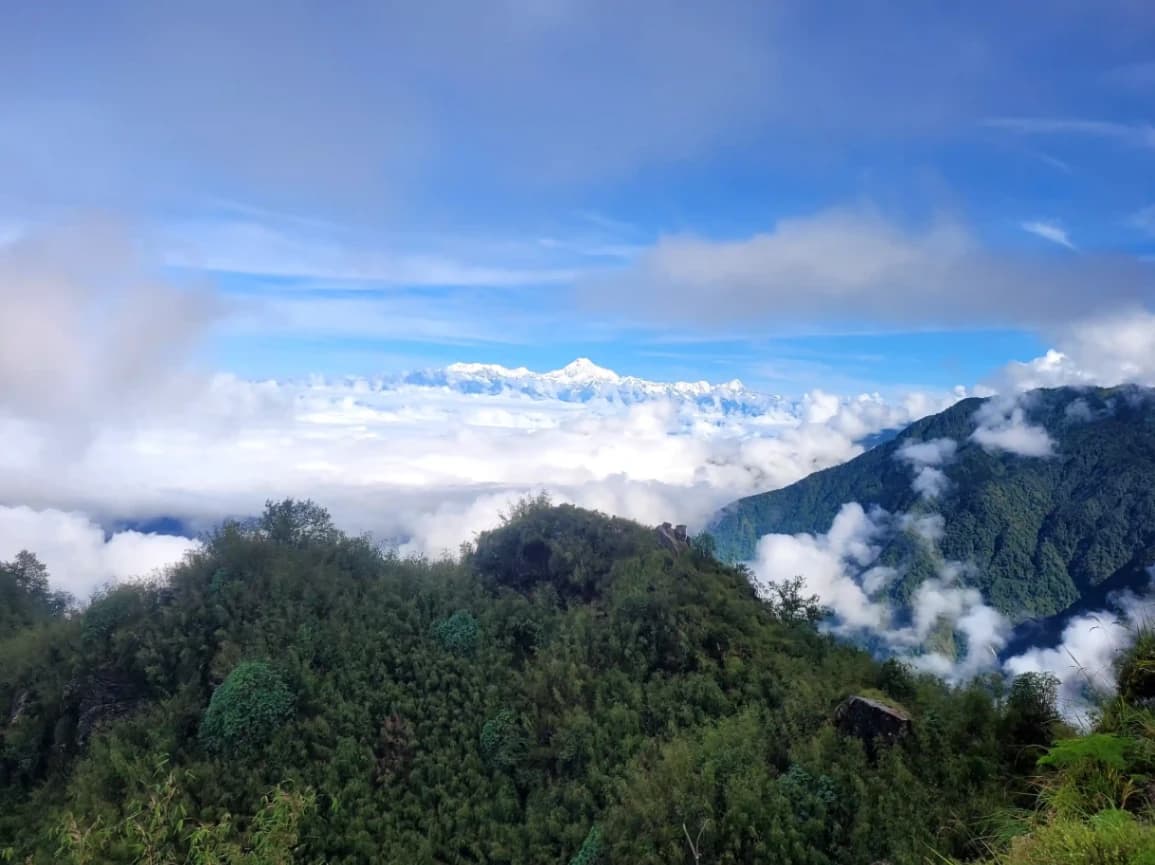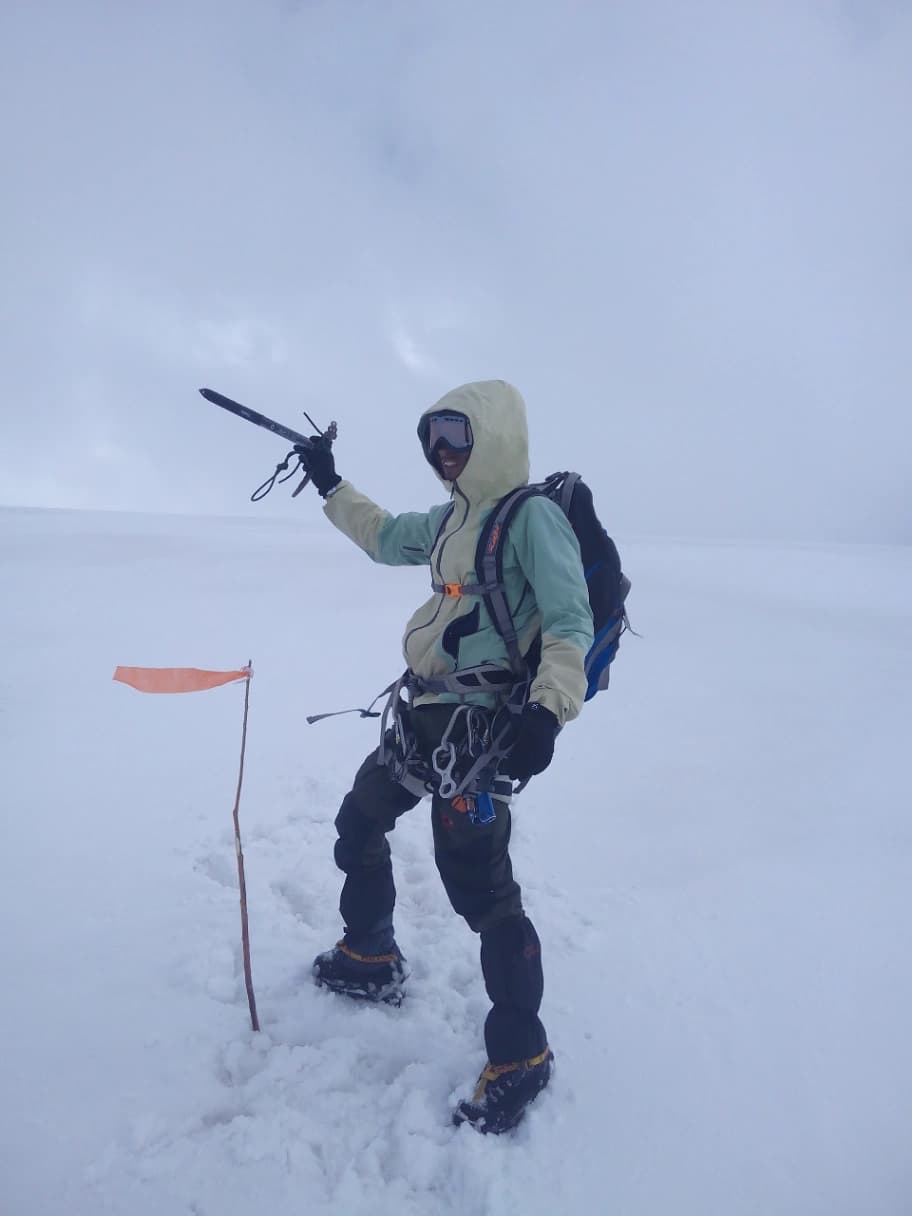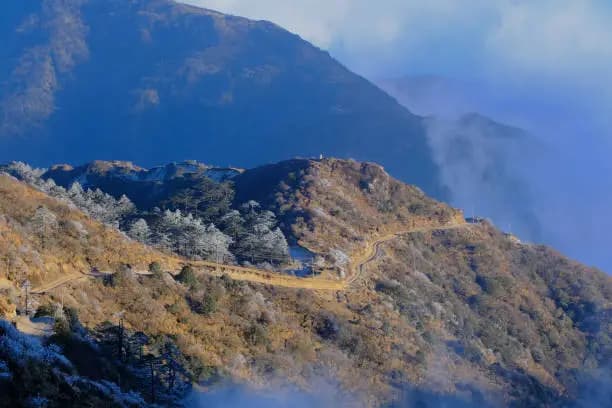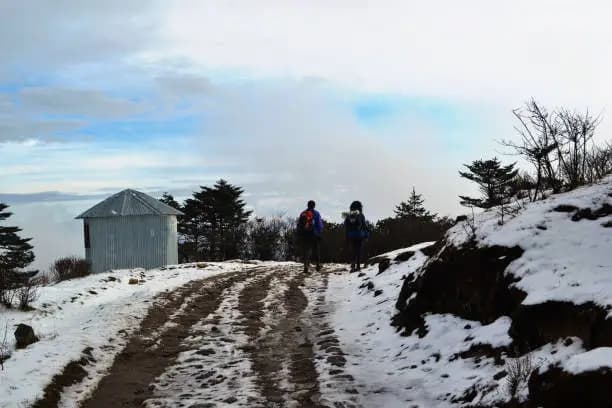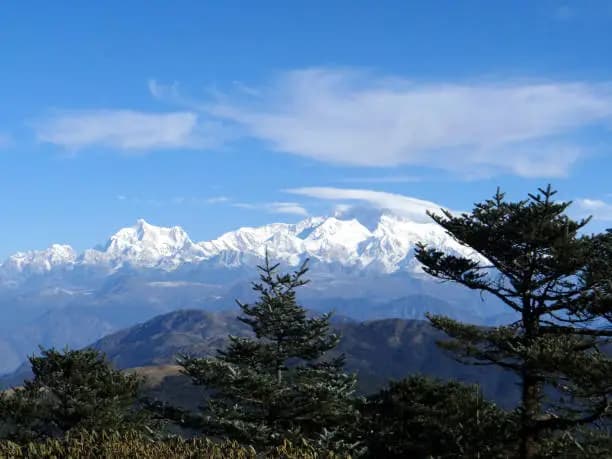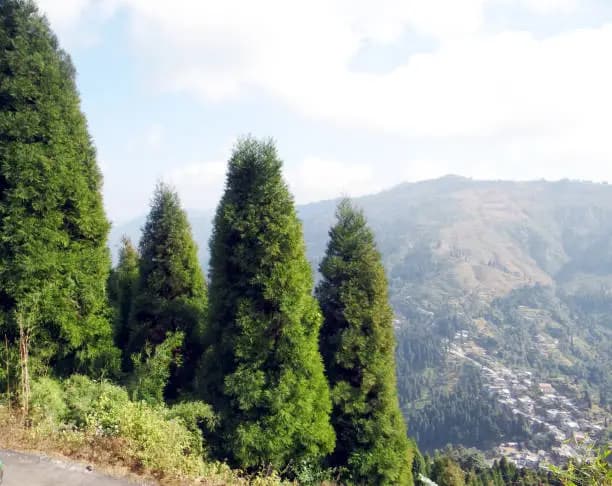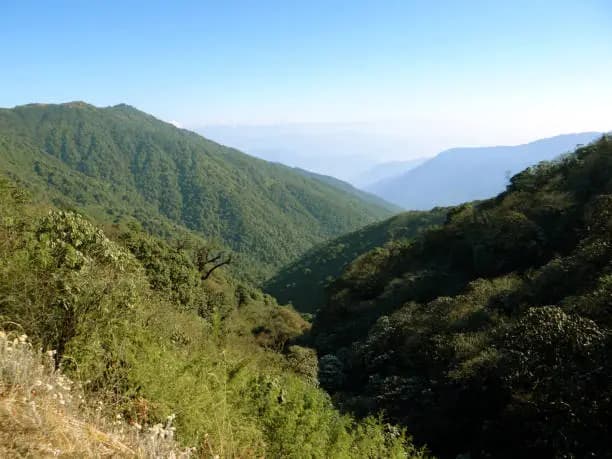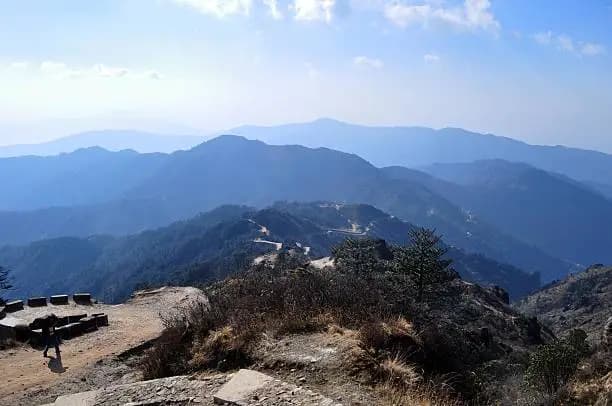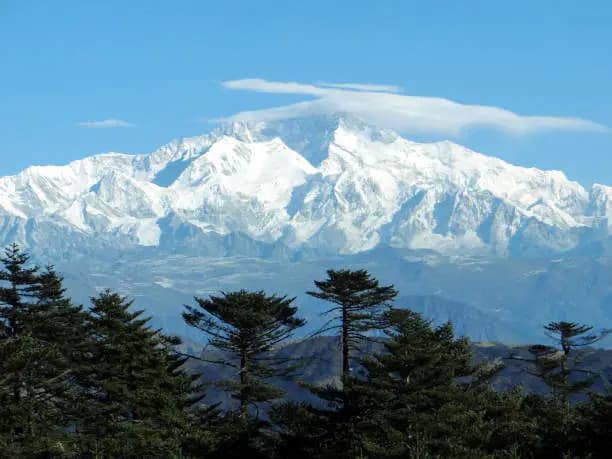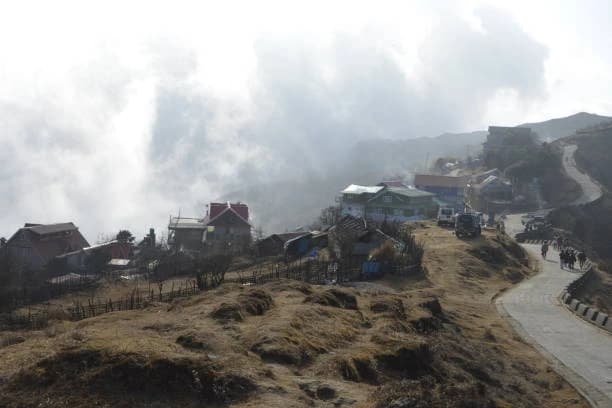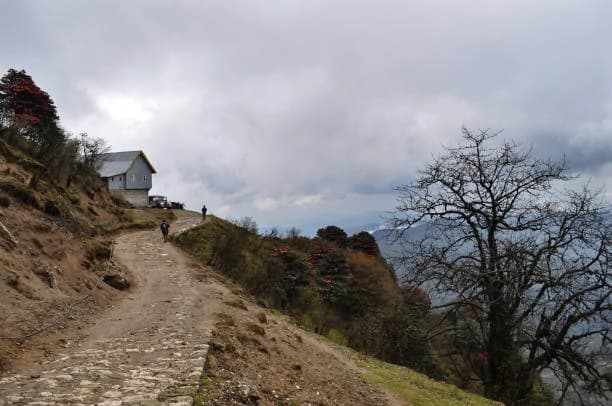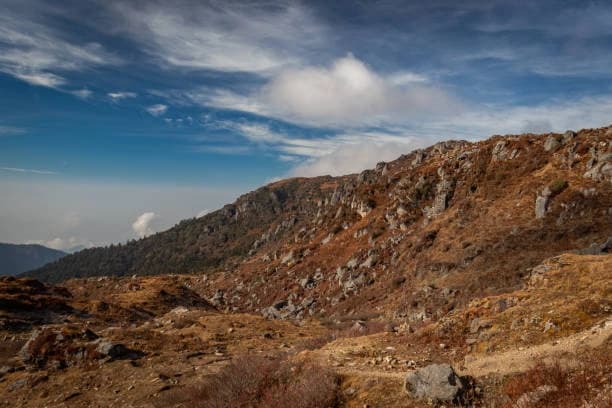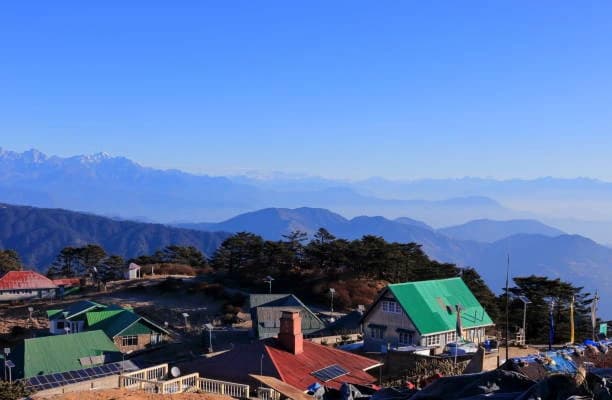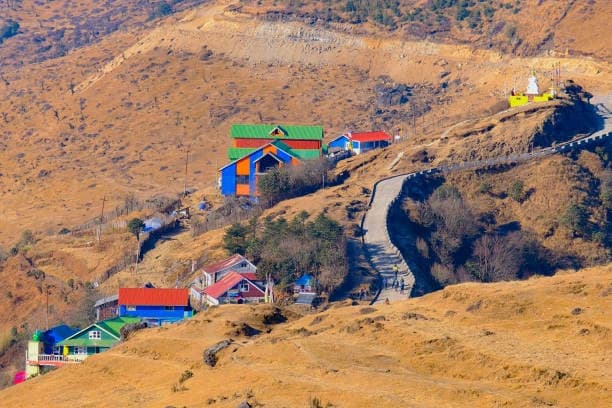Let’s face it, trekking is thrilling but can also be a bit of an ordeal if the conditions are not well known. And when it comes to Sandakphu, the Sandakphu Trek Height is one number you absolutely should know. It’s not just a number; it’s the reason your legs will feel it, your lungs will work overtime, and your camera roll will explode with Himalayan views.
If you’re thinking, “Wow, that sounds tough,” don’t worry. By the end of this, you’ll know exactly what to expect, how to prepare, and why that height is actually part of the fun.
How High Sandakphu Trek Height, Really?
By the way, Sandakphu sits at a whopping 3,636 meters (11,929 feet) above sea level. Frankly, that’s high enough to make your heart skip a beat, but not so high that you need to be an expert mountaineer.
- Starting point: Manebhanjan at ~1,930 meters
- Elevation gain: ~1,700 meters over 4–5 days
- Highest point in West Bengal, India
Let’s be honest, that elevation gain might sound scary if you’ve never trekked before. However, it is quite easy to cope with if you accept the fact that it is going to be slow, take your time, breathe, and savor the trip.
Why Sandakphu Trek Height Actually Matters
Now, you could question, “Why does height even matter?” Let’s analyze it point-wise:
- Breathing: The thinner the air, the quicker you’ll feel exhausted. That’s it.
- But don’t freak out; it’s all part of the experience.
- Energy Levels: Your legs will scream at you after climbing steep paths. That’s why pacing yourself is key.
- Temperature: Cold winds, especially early morning and late evening, are part of the high-altitude package.
- Views: On the bright side, this height gives you some of the most jaw-dropping Himalayan panoramas you’ll ever see.
In fact, the Sandakphu Trek Height is what makes this trek iconic. Without it, you’d just be walking through forests and hills-not exactly the same “standing-on-top-of-the-world” feeling.
Trek Difficulty: Is It Really Tough?
To put it simply, Sandakphu is the reason why it is rated as a moderate to difficult trek. But don’t let that scare you. Here’s why:
- Daily Elevation Gain: You’ll be climbing 400–600 meters per day. Yes, your legs will burn, but the views? Totally worth it.
- Trail Conditions: Muddy paths, rocky climbs, and occasional steep patches. Trekking shoes with good grip are a must.
- Altitude Effects: Mild headaches, shortness of breath, and fatigue can happen-but nothing extreme if you pace yourself.
Frankly, if you’re in decent shape and go slow, you’ll be surprised at how doable this trek is. And honestly, the effort makes the views taste even sweeter.
Day-by-Day Trek Experience
Let’s make the whole trekking adventure a bit more entertaining by portraying it as a story. Imagine the following scenario:
Day 1: Arrival at Manebhanjan : Sandakphu Trek Height
You arrive at Manebhanjan, the trek’s starting point. The air is clean, the mountains are still far away, and you are already looking forward to the experience. By the way, drinking lots of water and eating a light dinner are the two must-do’s before tomorrow’s adventure.
Day 2: Manebhanjan to Tumlin
The trail opens up nicely with easy uphill stretches. The views are fantastic as you walk through villages, tea-estates, and streams. By the way, Tumling offers your first Himalayan sunset view-trust me, it’s worth stopping every 10 minutes for photos.
Day 3: Tumling to Kalipokhri
This day is more challenging. The height starts to feel in your lungs. Snacks, water, and slow steps are your best friends. Kalipokhri is famous for its holy lake and peaceful vibe. Frankly, it’s a great spot to relax and enjoy the surroundings.
Day 4: Kalipokhri to Sandakphu
Here’s the big day! The Sandakphu Trek Height shows its true face. Steeper climbs, thinner air, and that adrenaline rush-it’s all part of it. Imagine reaching the top and seeing four of the five highest peaks in the world: Everest, Kanchenjunga, Lhotse, and Makalu. By the way, this is the moment you realize the trek was absolutely worth it.
Day 5: Sandakphu to Phalut and Return
Early morning, the sunrise is breathtaking. The sky turns orange, pink, and golden-picture-perfect. After taking the view for a while, you go down and think about how the whole hike has been tough but at the same time very pleasurable. Learn more about this trek if you are a Beginner!
Tips to Cope with Sandakphu Trek Height
Here’s where common, practical advice comes out on top over fancy manuals:
- Acclimatization: Give yourself one or two days at lower places like Manebhanjan or Tumling. Your system will be grateful.
- Hydration: Water is the best thing ever for you. The combination of dehydration and high altitude is no joke.
- Smart Packing: Warm clothes, gloves, hats-you won’t regret it.
- Slow down: Racing through options ruins the whole experience. Enjoy the scenery, snap pics, and breathe.
- Snacks are Life: Energy bars, dry fruits, chocolates-pack them, because hunger at altitude is brutal.
- Mental Prep: Frankly, a positive mindset makes a huge difference. Trust the journey, don’t rush.
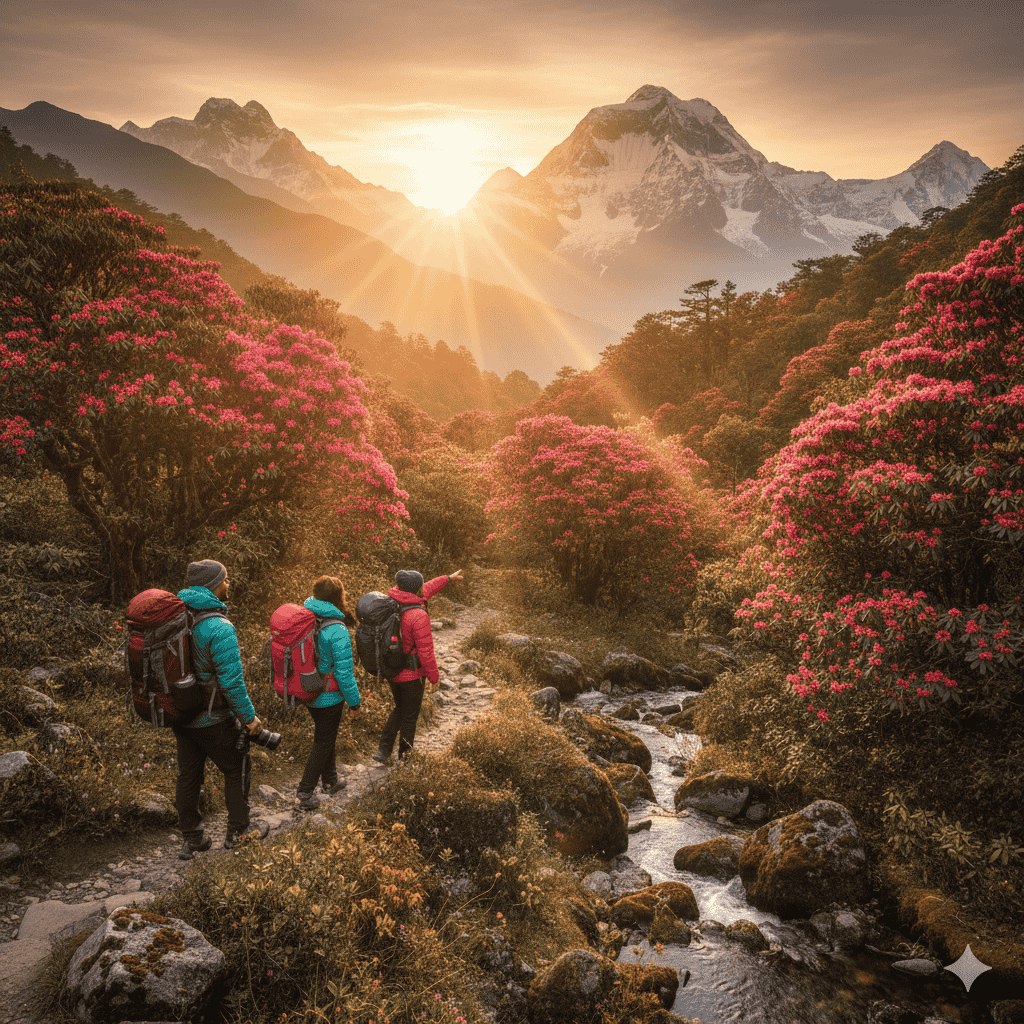
Common Misconceptions About Sandakphu Trek Height
Myths: “It’s too high; I can’t do it.”
Facts: Not true. Proper pacing and acclimatization make this trek doable for most people.
Myths: “Altitude sickness will hit hard.”
Facts: Only if you ignore your body. Hydrate, rest, and don’t push too fast.
Myths: “Only hardcore trekkers can attempt it.”
Facts: Nope. Many beginners complete this trek every season. The height adds challenge, not impossibility.
Myths: “Views aren’t worth the climb.”
Facts: Let’s be honest views from Sandakphu are legendary. Sunrise, sunset, peaks, forests-it’s surreal.
Fun Facts
- Sandakphu is the highest point in West Bengal.
- From here, you can see four of the five highest peaks in the world.
- Locals say the name “Sandakphu” comes from “Sanda” (poison) and “Phu” (flower), because the hills are full of wild poisonous flowers. Cool, right?
Final Thoughts on Sandakphu Trek Height
Let’s be honest, the Sandakphu Trek Height is both a challenge and a reward. The views, wildlife, local culture, and thrill of standing on West Bengal’s highest point make every step worth it.
In fact, if you want a trek that’s exciting, visually stunning, and just the right level of challenging, Sandakphu is calling your name. Pack your bags, lace up your trekking shoes, and embrace the height. Trust me-you’ll be thanking yourself later. Get in Touch!
FAQs About Sandakphu Trek Height
1. What is the exact Sandakphu Trek Height?
The height is 3,636 meters (11,929 feet) which is directly above sea level.
2. Does the height make the trek very tough?
The height is a challenge but if you are properly paced and hydrated, most trekkers will easily handle it.
3. Do I need prior trekking experience?
Not really. Just basic fitness is enough to fully enjoy the trek.
4. Can I get altitude sickness at Sandakphu?
Mild symptoms could happen but breaks, hydration, and snacks will help.
5. How long does it take to get to the peak of Sandakphu?
It generally takes 4–5 days, based on your speed and the number of breaks you take on the path.
6. What are the essentials for packing for trekking at this height?
Warm clothes, gloves, good shoes for trekking, some light snacks, and a good water supply, also, a camera to shoot the amazing views.
7. Is the Sandakphu trek height for beginners?
Yes, only if you are slow and are complemented both mentally and physically.
8. What is the best time to go for a trek to Sandakphu?
Spring (March–May) for rhododendron blooms and autumn (September–November) for clear Himalayan views.
Follow us on Facebook to stay updated about recent best offers.






